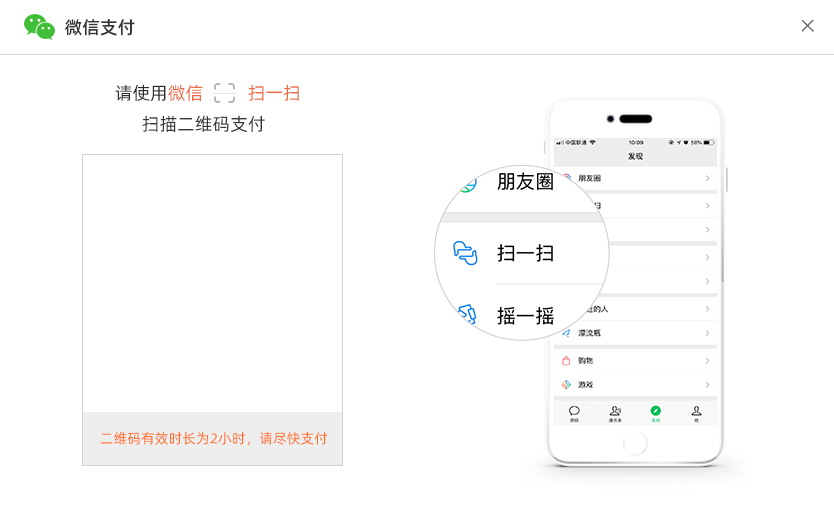Trademarks are the stepping stones for enterprises' products to enter the market. For enterprises, they are like children's names, and are placed with many high hopes. There are many considerations in naming trademarks. Recently, a company's trademark was rejected due to careless naming.

A biotechnology company in Beijing (hereinafter referred to as the plaintiff) applied for the registration of the trademark "Zhongnong Kangbi Selenium" (hereinafter referred to as the trademark in dispute), which was designated to be used in Class 29 commodities such as "eggs, milk products, fruit preserves", but was rejected by the Trademark Office and the original commercial judges on the grounds that the trademark was deceptive.
The plaintiff filed a lawsuit with the Beijing Intellectual Property Court, claiming that the trademark in dispute has no actual meaning, is not used to explain the features of the commodity such as function and use, and is not deceptive. After hearing the case, the court held that the word "selenium" contained in the trademark in dispute, combined with the designated use of eggs and other commodities, could easily mislead the relevant public into thinking that the raw materials of the commodity contain the nutrient element "selenium" needed by the human body, thus giving rise to a wrong understanding of the raw materials of the commodity and other aspects, which constituted the situation specified in Item (7), Paragraph 1, Article 10 of the Trademark Law. The court did not support the plaintiff's claim.
According to Item (7), Paragraph 1, Article 10 of the Trademark Law:
Article 10 The following marks shall not be used as trademarks:
(7) It is deceptive and easy to cause the public to misunderstand the quality and other characteristics of the goods or the origin of the goods;
It can be seen from this that the relevant public who purchases goods is the subject of deceptive judgment. Even if the applicant is not deceptive in his subjective will, as long as the sign is objectively likely to lead to misunderstanding by the relevant public, it is easy to constitute a "deceptive" judgment.
When naming a trademark, how can an enterprise avoid the rejection of subsequent applications for registration because they are "deceptive"?
First, clarify the definition of deception.
Deceptive means that the judgment made by the relevant public due to the appearance of the logo is inconsistent with the actual product. In order to better promote and publicize products, enterprises often place some good visions on trademarks, but because of this, they are more likely to step into the deceptive pit.
Therefore, when naming, we should take into account the actual situation of the product, as well as the ambiguity of the logo, or the exaggeration of the product quality, misleading of the origin, and so on.
Second, the relevant public is the subject of deceptive judgment.
The coverage of the relevant public is narrow, and the threshold for identifying fraud is high. It refers to consumers related to certain types of goods or services identified by the trademark and other operators closely related to marketing. For example, the relevant public of medical magazines are hospitals, pharmaceutical enterprises, pharmaceutical distributors, doctors, patients, etc.
When selecting trademarks, enterprises should also judge whether the logo is deceptive from the perspective of the relevant public. For signs that are easy to be misunderstood by the relevant public, enterprises should choose them carefully.
Third, it is necessary to combine the goods or service categories referred to by the logo.
Even if the same sign is used in different goods or services, whether it is deceptive or not is not the same. Therefore, judging whether it is deceptive must be based on the goods or services designated by the logo. For example, the "Zhongnong Kangbi Selenium" trademark mentioned above is deceptive when it is placed on Class 29 commodities, but if it is placed on other commodity categories unrelated to health, food, etc., it will not cause deceptive judgments.
When an enterprise names itself, it should analyze the trademark in a specific context. It cannot be taken for granted that if the application for registration in one category is approved, it will be OK in other categories.
It should be noted that deceptive signs cannot be used to eliminate registration barriers, because if such signs are allowed to be used to eliminate deception, it will increase consumers' early search costs, reduce consumers' trust in the brand, and affect the normal market competition order.
Before filing an application for trademark registration, the enterprise may consider conducting self inspection on whether the trademark is fraudulent, which will help reduce the risk of trademark rejection and effectively improve the passing rate of trademark registration applications.
For more trademark registration information, please follow the second brother











